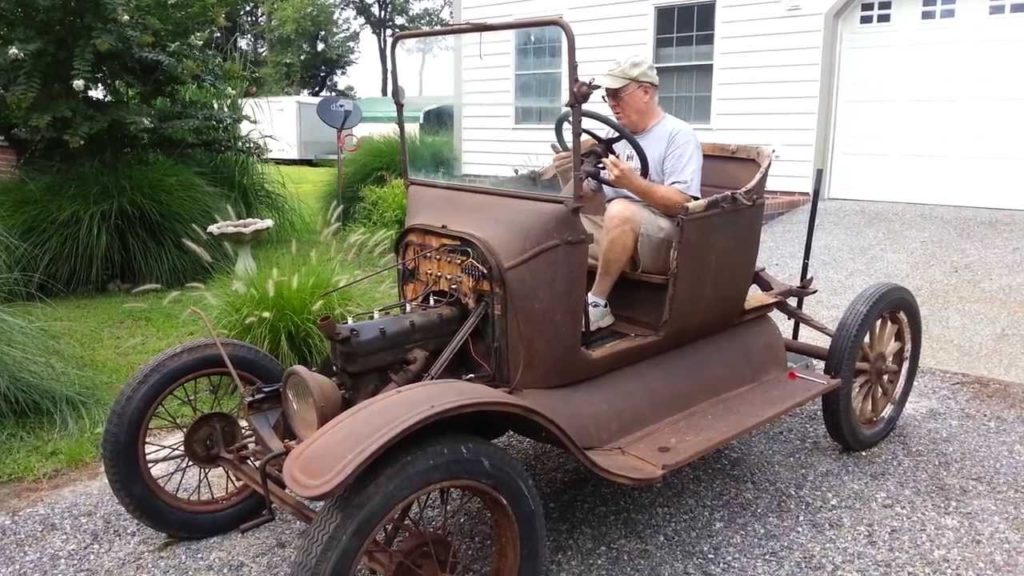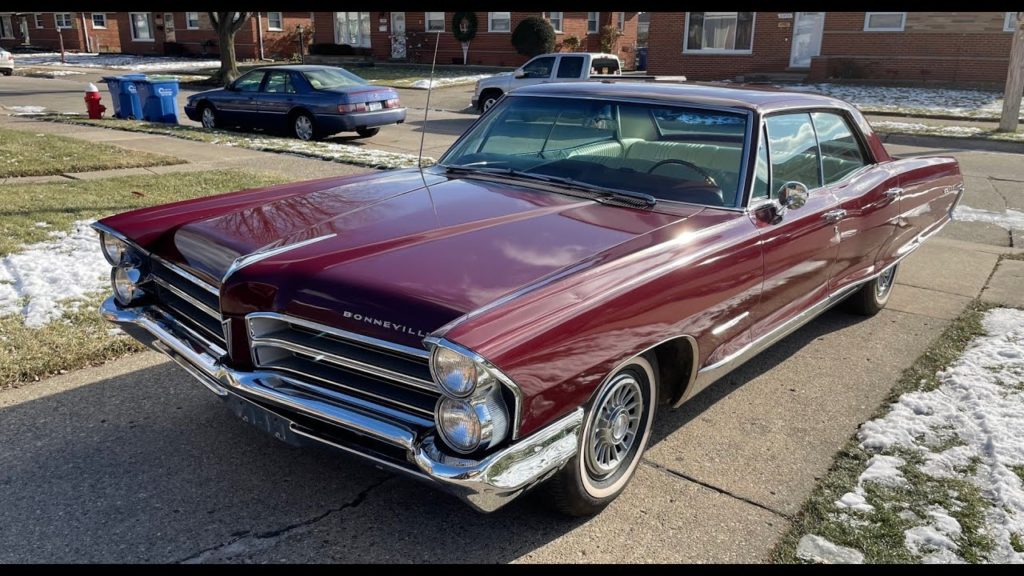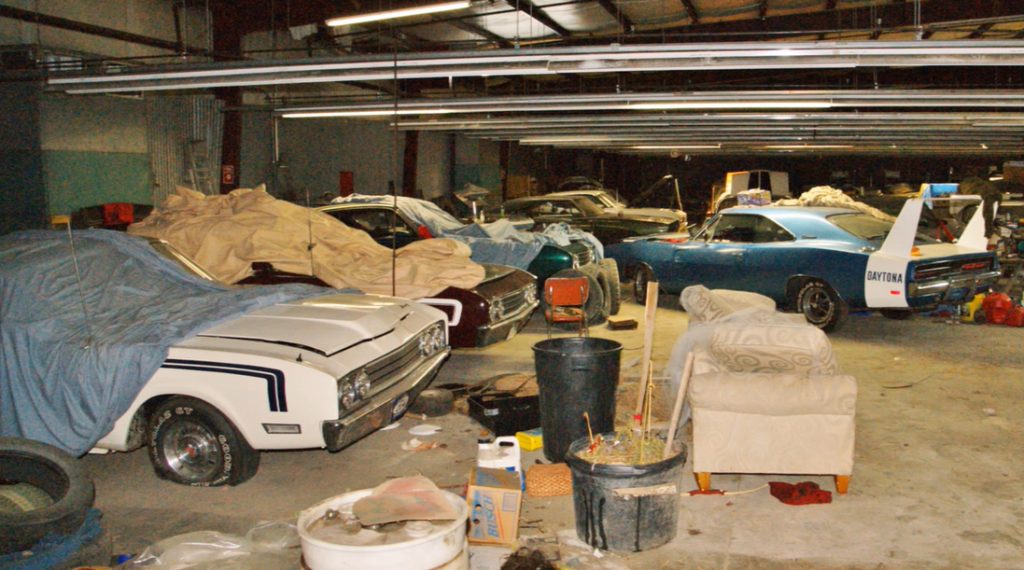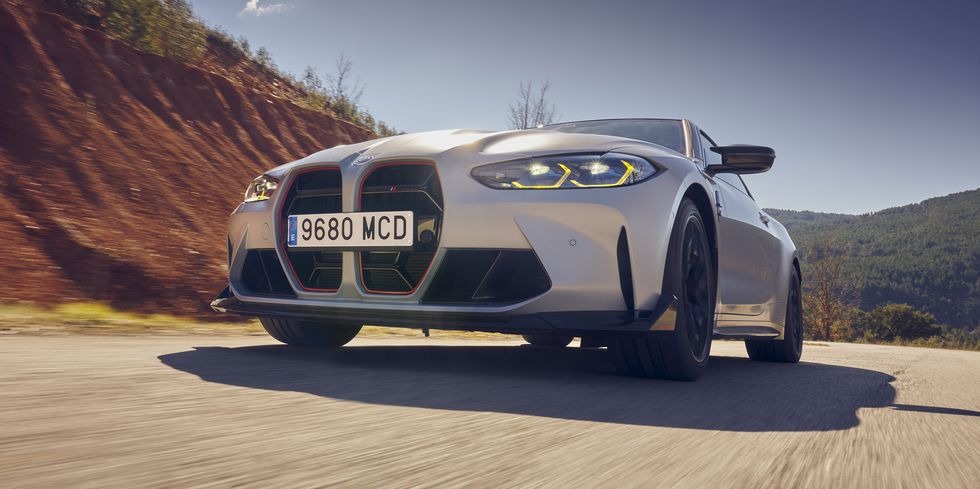The first-generation Ford Mustang is one of the coolest classic muscle cars out there, especially if we’re talking about the medium- and big-block models of the late 1960s and early 1970s. Yup, that would be the mighty Cobra Jet and the Boss 429.





Originality is obviously a factor when it comes to these rare and potentially expensive ponies, but that doesn’t necessarily mean that examples that have been altered can’t be cool. This drag-spec example featured by YouTube’s “American Mustangs” is proof that messing with a classic can sometimes result in spectacular and unique rigs.
What we have here is a 1969 Mustang that was born as an H-Code car, but ended up spending a lot of time at the drag strip. Yup, it still looks pretty much stock, but the bulged hood and the bigger rear tires are clear signs that this ‘Stang was built for fast off-the-line sprints.
And don’t let the plain white body color fool you, this thing sported a proper livery at some point. Thankfully, there are a few cool traces of it on the headlamps sockets in the form of hand-painted cobra snakes. Then there’s the “Money Trap” lettering on the trunk lid, which appears to be in line with the hand-painted graphics that hot-rodders used to do back in the day.

Making things that much more interesting, all the chrome trim, including the bumpers, has been blacked out. Now that’s something you rarely see on a late-1960s Mustang, unless it’s a recently built restomod.
The interior is surprisingly stock for a car that was built with drag racing in mind. There is a rear-seat delete, but the front seats are pretty standard and there’s no roll cage in sight. I’m guessing the owner wanted to keep things simple so that the car could be returned to its original specifications without too much hassle.
What’s under the hood, you ask? Well, the unit that replaced the original 351-cubic-inch (5.8-liter) V8 is indeed worthy of the big bulge adorning the hood. That’s because the unit in question is a notably bigger 427-cubic-inch (7.0-liter).
Yes, when talking about 427-equipped Fords, we don’t usually think about the Mustang. It’s the track-ready Thunderbolt and the Fairlane 500 R-Code that come to mind. But the company did offer an engine with this displacement in the Mustang in 1968. It’s called the FE HiPo and was dropped after one year because it offered less value than the 428 Cobra Jet.

The unit you see here is a 427 side-oiler. There’s not a lot of info on specs and origin, but it appears to be similar to the R-Code mill that equipped the very rare and collectible Ford Fairlane 500 (1966 and 1967).
Why is it called a side-oiler? Well, in the standard 427 engine, oil was pumped to a passage under the camshaft and up to the valve train before oiling the crank. For the side-oiler, Ford added a special oil passage along the left side of the block to direct oil to the crank first. This kept the crankshaft happy at the top of the rev range.
Details aside, this 427 sounds downright amazing while idling. It also becomes quite vicious when the pedal hits the floor, but, unfortunately enough, the video below doesn’t show us the car on the go. But it’s still a cool ‘Stang to ogle at.








